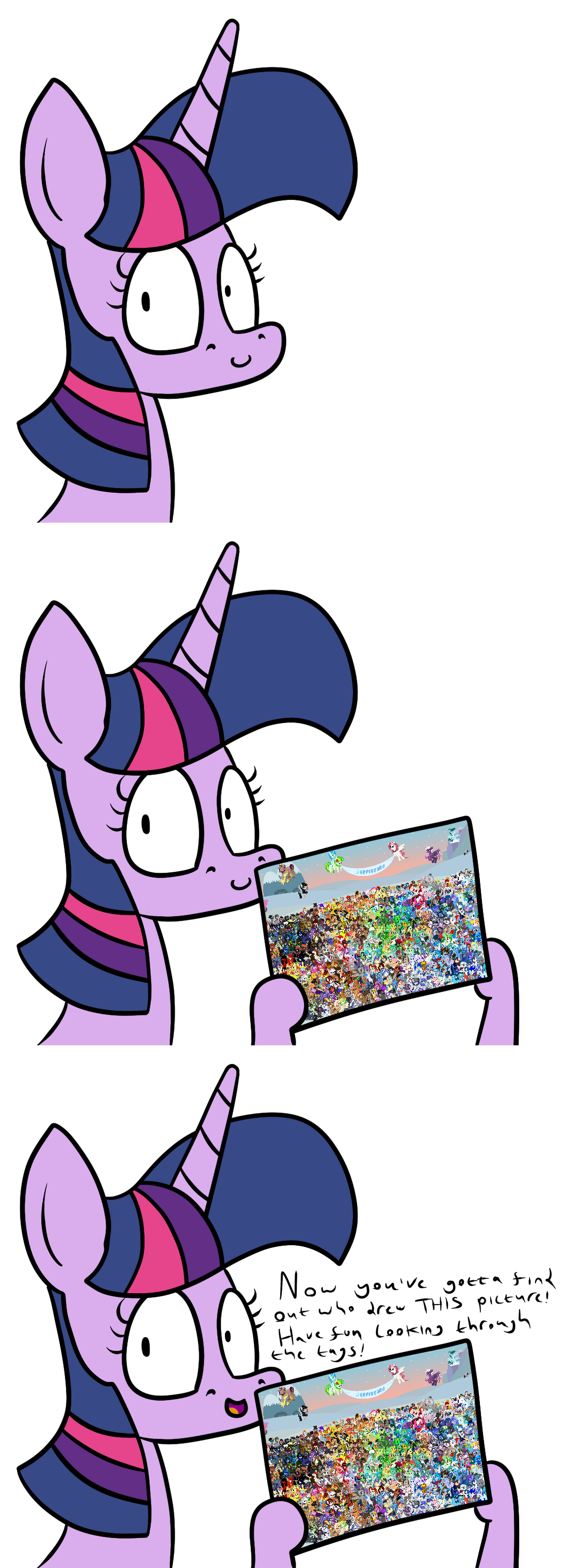


Tom Ackerson, PE is the laboratory Director at IMR Test Labs, Louisville he can be reached at Jennifer Breetz is also with IMR Test Labs and can be reached at The authors wish to acknowledge the assistance of the following: Chuck Gault, Max Coatings, Birmingham, Alabama, for providing the coating services Max Calenberg and Justin Barnes of IMR Test Labs, Louisville, Kentucky, for assistance in sample preparation.Now you can edit the transcription found in this section.

This indicates that scribing characteristics, such as applied pressure and general technique, may influence final rust creep measurements.
#GROOVE SCRIBE DOWNLOAD PLUS#
Figures 6 a and b show resulting rust creep measurements for Operators A and B for both types of panels (electrocoat only and electrocoat plus powder).įigure 6. The creep was measured edge-to-edge of the rusted region using digital calipers, then averaged for each panel. Rust creep measurement was performed by a trained third individual (neither Operator A nor B) by taking five measurements along the length of the scraped scribe. The remaining scribes were gently scraped with a knife blade to remove any flaked or blistered paint along the edges of the scribe. These sections were metallographically prepared in the same manner as the pre-exposure samples and retained for future reference. The post-exposure cross-section sample was cut from each of the 16 panels that previously had a pre-exposure sample removed. Some rust run-off was observed from the scribe and stamped panel hole. A typical panel is shown following the six-week cycle corrosion test. The damaged coating layer has been digitally enhanced in red for emphasis.įigure 5. Resulting cross-section geometries from Sikkens/square (a), Van Laar/round (b), Clemen/notch (c) and razor blade (d). The razor blade resulted in the deepest damage to the underlying steel panel surface.įigure 4. The images are for the Group E samples, but are also representative of the Group P samples-with the exception that the coating layer was thicker on the Group P samples. Figures 4a-d show the resulting scribes in cross-section, where the coating layer has been digitally highlighted to delineate it from the clear epoxy mounting material. The cured specimens were ground and polished using standard metallographic techniques, then examined in the as-polished condition with an optical microscope. The removed metallography sections were vacuum embedded in clear epoxy, which was chosen as the best mounting technique to preserve the original profile of the scribe and displaced coating. Schematic showing test panel scribe and metallography sample locations.


 0 kommentar(er)
0 kommentar(er)
